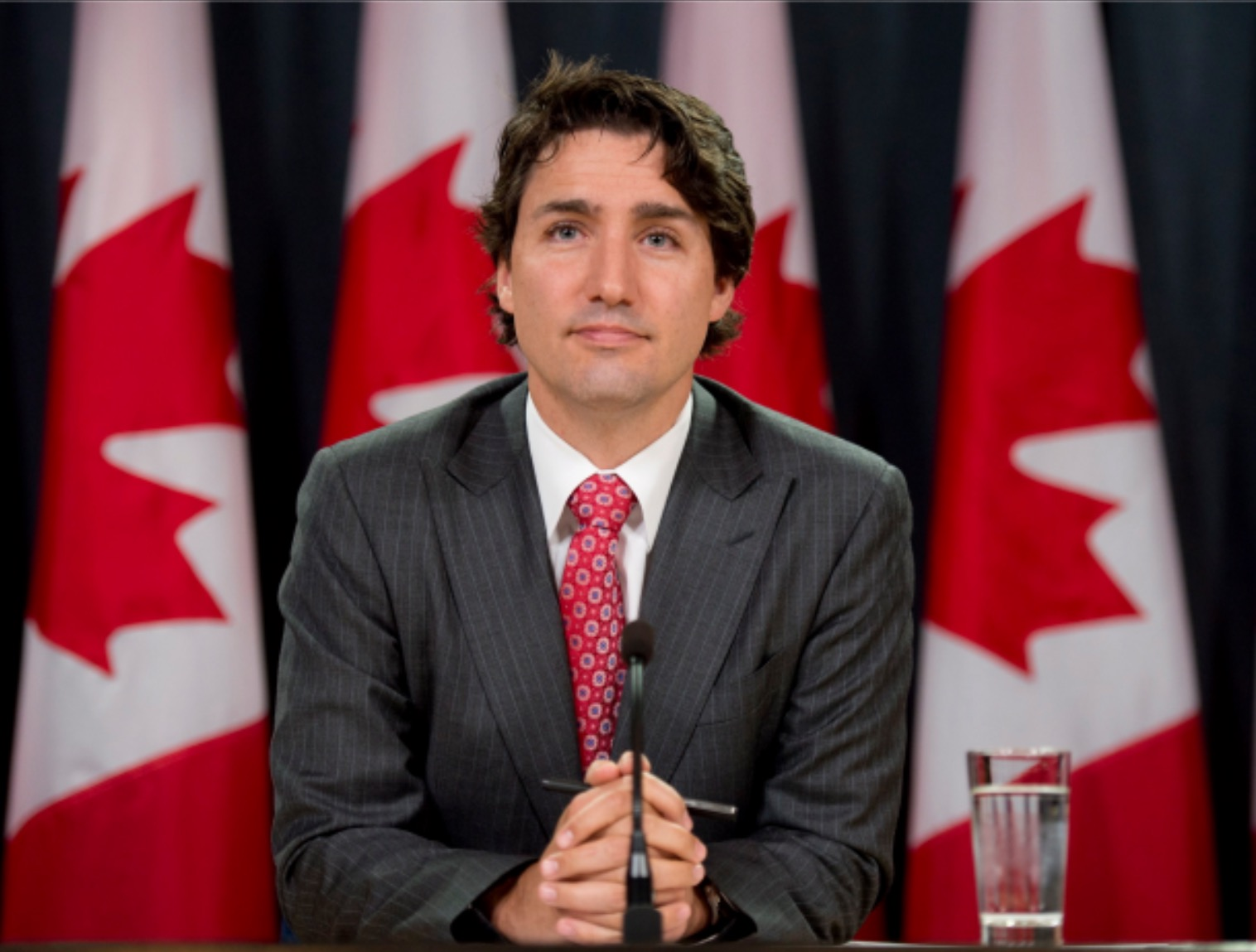Franklin D. Roosevelt - New Deal: As President of the United States from 1933 to 1945, Roosevelt implemented a series of programs, collectively known as the New Deal, to provide relief and assistance to Americans during the Great Depression.
Alberto Fujimori - Peruvian President: Fujimori was the President of Peru from 1990 to 2000 and was known for his efforts to decentralize the country's government. He implemented a series of reforms that transferred power and resources from the national government to local governments, giving them more autonomy and control over their own affairs. This helped to improve the delivery of public services, such as education and healthcare, and promoted economic development in the regions.
Angela Merkel - German Chancellor: Angela
Merkel was the Chancellor of Germany from 2005 to 2021 and is known for her
commitment to energy efficiency and reducing greenhouse gas emissions. Her
government implemented policies that encouraged the development of renewable
energy sources, such as wind and solar power, and promoted energy-efficient
building design. Merkel also championed the concept of the circular economy,
which seeks to maximize the use of resources by reducing waste and promoting
recycling.
Deng Xiaoping: After the death of Mao Zedong in 1976, Deng Xiaoping became the leader of China and introduced economic reforms that led to rapid economic growth. However, he also maintained the socialist ideology of the Communist Party and implemented policies to reduce poverty and improve social welfare. These policies included the introduction of a national health care system and the implementation of a social safety net for the poor.
 |
| Deng Xiaoping |
Nelson Mandela - Reconstruction and Development Programme: As President of South Africa from 1994 to 1999, Mandela implemented the Reconstruction and Development Programme, which aimed to address the social and economic inequalities created by apartheid. The program included measures to improve access to education, health care, and housing, as well as job creation and infrastructure development.
Justin Trudeau - Canadian Prime Minister: Justin Trudeau has emphasized non-conservative liberal policies in Canada, such as his support for LGBTQ rights and his commitment to reducing income inequality.
Margaret Thatcher - Former UK Prime Minister: Margaret Thatcher was a conservative politician who emphasized classical liberal policies in the United Kingdom. She believed in the importance of individual liberty, free markets, and limited government, and introduced several reforms aimed at reducing the power of the state and promoting economic growth, such as privatization of state-owned industries and deregulation of financial markets.
 |
| Margaret Thatcher |






Comments
Post a Comment